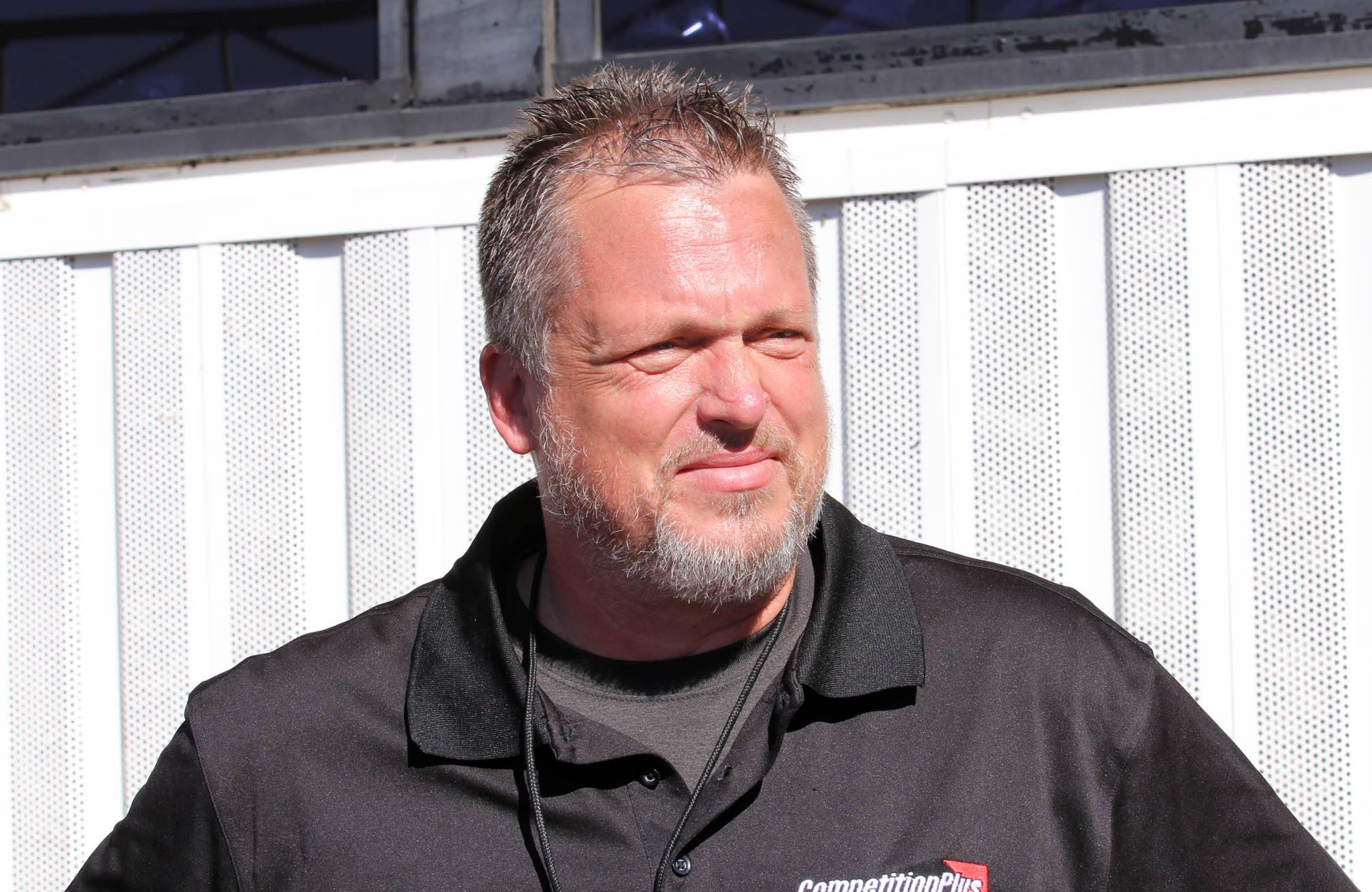COMMENTARY: TRADITIONS ARE GREAT BUT NOTHING LASTS FOREVER

Some traditions eventually run their course.
In the interest of the long term history of drag racing, I believe the sport's decision-makers need to find the answers to improve the economic feasibility of professional drag racing as well as better attendance at all events.
Changes which do not include the planted rumor of a potential part-time return to 1320-feet racing for the nitro divisions.
I've mentioned time and time again how NHRA's Mello Yello Drag Racing Series has too many events, and because of this, the ROI is tumbling with each season. The responses from the NHRA management and major teams is the loss of these events costs sponsorship dollars which, as I see it, only shrinks the level from which it's selling.
As long as those who are making a buck can't see the world through the eyes and pockets of those losing five bucks, eventually only the haves will be racing and the have-nots won't. Then there won’t be anyone to watch the largely predictable shows.
Okay, so fewer races aren't an option. I reluctantly get it.
The fact is, drag racing must make a change if only for its long-term survival. A step backward, in this case, could mean a huge one forward.
Dropping some events from a three to two-day professional show is one possible step. Additionally, night races could also provide a better ticket-buying experience.
In the 1970s, three-day events packed the stands to the hilt with race fans and the pits with race cars.
Before we crow about the good old days and how we "used" to have the golden days, let's take inventory of the differences with today's drag racing world.
First off, the seating inventory was much smaller in yesterday's venues than in today's modern stadium-style facilities.
Secondly, there was less competition for the entertainment dollar. I compare it to the local carnival; in those days it was one of the hottest tickets to have. As the decades have passed, there are less expensive options out there. Now before the group which cries about how expensive NHRA tickets are sounds off, compare it to a major stick and ball sporting event and you'll see the prices the sanctioning body presents are in line with what major sports venues command.
Thirdly, and possibly the most critical, information and exposure to the events is far more readily available.
We live in an age of instant gratification with information and visual satisfaction at the click of a mouse, or the tap of a mobile screen. Venues such as CompetitionPlus.com, NHRA.com, Drag Race Central and NHRA.tv enable data-hungry drag racing fans to learn about the events and see results quicker than ever. These options and Fox Sports nightly broadcasts replaced those syndicated Diamond P shows, the Castrol 1-900 lines, and the weekly National DRAGSTER as the means to disseminate information.
This asset alone has enabled drag racing of today to become the golden age. It's also affected the in-person experience. Why go to an event when the event can be seen on your mobile phone?
It’s the world we live in.
Drag racing is at a crossroads right now. I believe NHRA drag racing always will have a great product in the motorsports marketplace. However, I see a day coming, if the sport doesn't adjust to the changing times, when it won’t.
There are some events where a paring from two days of professional qualifying down to one could help the bottom line, and even in some ways make an NHRA ticket more prestigious. It could also provide much needed financial relief to those professional teams struggling to remain afloat.
Did anyone even notice that two top ten points earning Top Fuelers were absent from the recently-completed NHRA New England Nationals?
Has anyone in NHRA management noticed there's very little qualifying drama being generated this season? Furthermore, what kind of presentation is the series providing when qualifying leaders mark their stake on Friday, and Saturday is effectively used to find out what works on Sunday? Qualifying has become too predictable. Besides, isn’t NHRA in the entertainment business?
Even if Mike Salinas and Leah Pritchett had been in Epping, there would have been only 15 cars. Let this reality sink in.
I talked to one owner of a top tier fuel team, which runs part-time, and he said the average cost of a run, including all the essentials such as payroll and travel, is in the range of $15,000.
Let's say we only select half of the 24 races to reduce qualifying days, and limited to two sessions; a team could realistically save as much as $30,000 an event, $360,000 a season. Maybe this is not a substantial fiscal number, but the sport needs to start somewhere.
If we picked the warmest venues in the summer to race at night, on Friday and Saturday, and reduce the size of the professional presentation to just four hours, maybe there would be more bona fide sellouts.
Besides, a Saturday night race affords the NHRA a better financial cushion of a Sunday versus Monday rain-check.
I am well aware there are facilities where racing at night is not a professional drag racer's choice, so where applicable there must be lighting upgrades in the name of safety.
Additionally, at some of the abbreviated events, sportsman racers could park on Thursday night, qualify and race on Friday. If their fortunes are good enough to make it to Saturday, they could be on the road home on Sunday and back at work on Monday.
I know there are those in drag racing's higher echelon who will scoff and provide reasons why every suggestion I have made won't work. I've got news for them; your way isn't working either.
Well-known novelist and playwright James M. Barrie said it best, "The most useless are those who never change through the years."






































